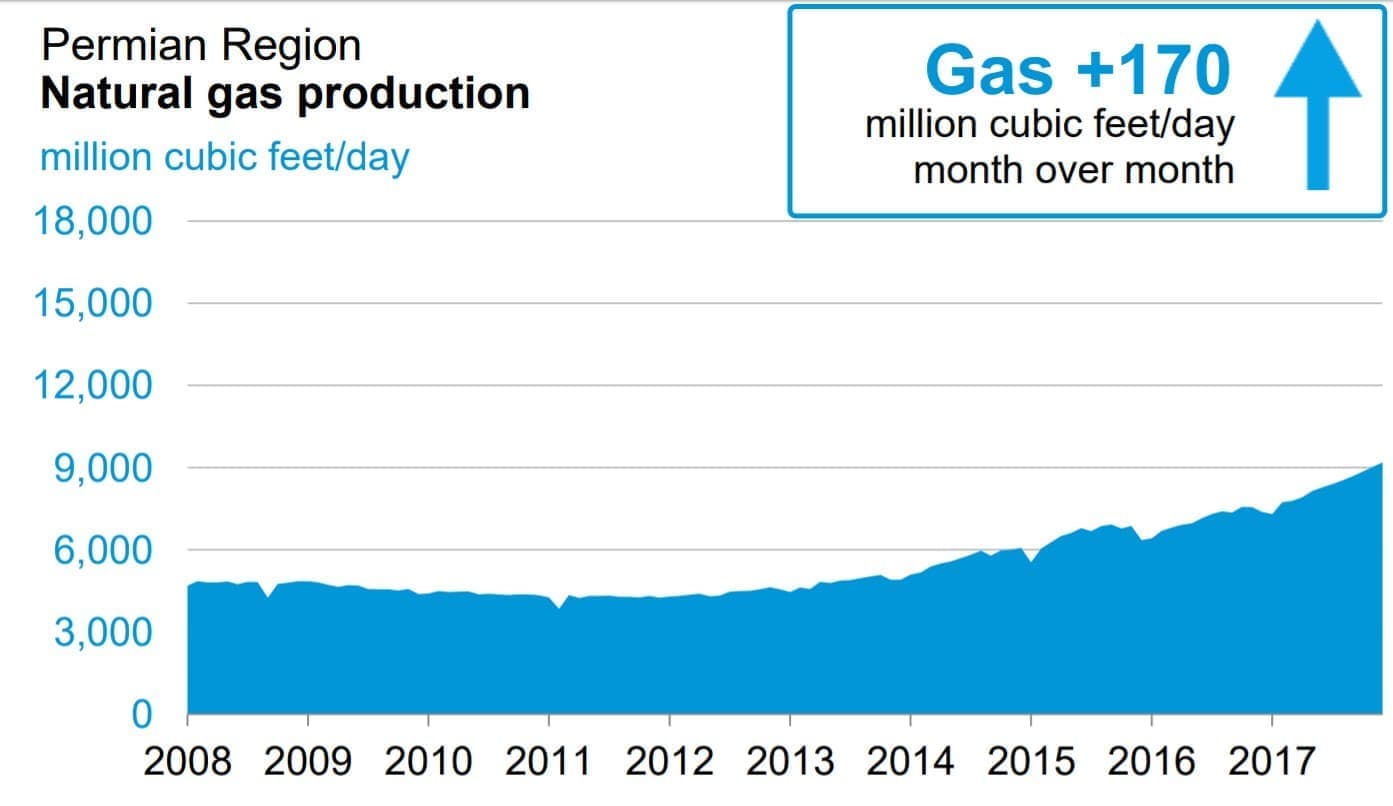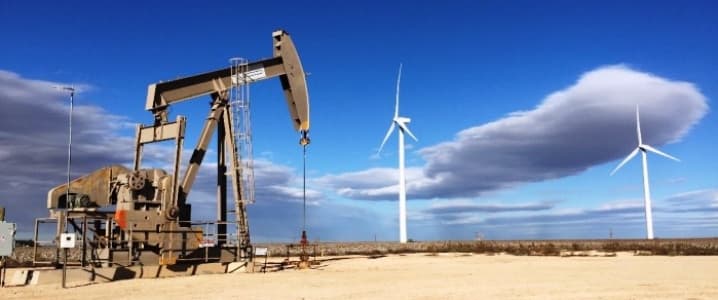Oil prices surged on Wednesday on news that the Keystone pipeline might not restart for several weeks. The outage at the damaged pipeline ended several years of contango for WTI, pushing the benchmark into a state of backwardation for the first time since 2014.
TransCanada made a lot of headlines in the past week. The Keystone pipeline ruptured and spilled more than 200,000 gallons of crude oil in South Dakota last week, just days before TransCanada was given a greenlight for the Keystone XL in the state of Nebraska. South Dakota regulators now say that they could revoke the permit for the Keystone pipeline if it is found that the company violated the terms of its license. The spill was the third for the Keystone pipeline in less than 10 years.
“If it was knowingly operating in a fashion not allowed under the permit or if construction was done in a fashion that was not acceptable, that should cause the closure of the pipe for at least a period of time until those challenges are rectified,” said Gary Hanson, a member of the South Dakota Public Utilities Commission, told Reuters.
TransCanada said on Wednesday that it could take weeks to clean up the spill and bring the pipeline back online – news that sent shockwaves through the oil market. WTI spot prices surged on the news, pushing the benchmark back up above $58 per barrel.
TransCanada said that November deliveries through the pipeline would be cut by about 85 percent, a major outage for the nearly 600,000-bpd pipeline. Phillips 66, a major refiner that purchases crude from the pipeline, said that it is expecting an outage of about four weeks.
…click on the above link to read the rest of the article…



















